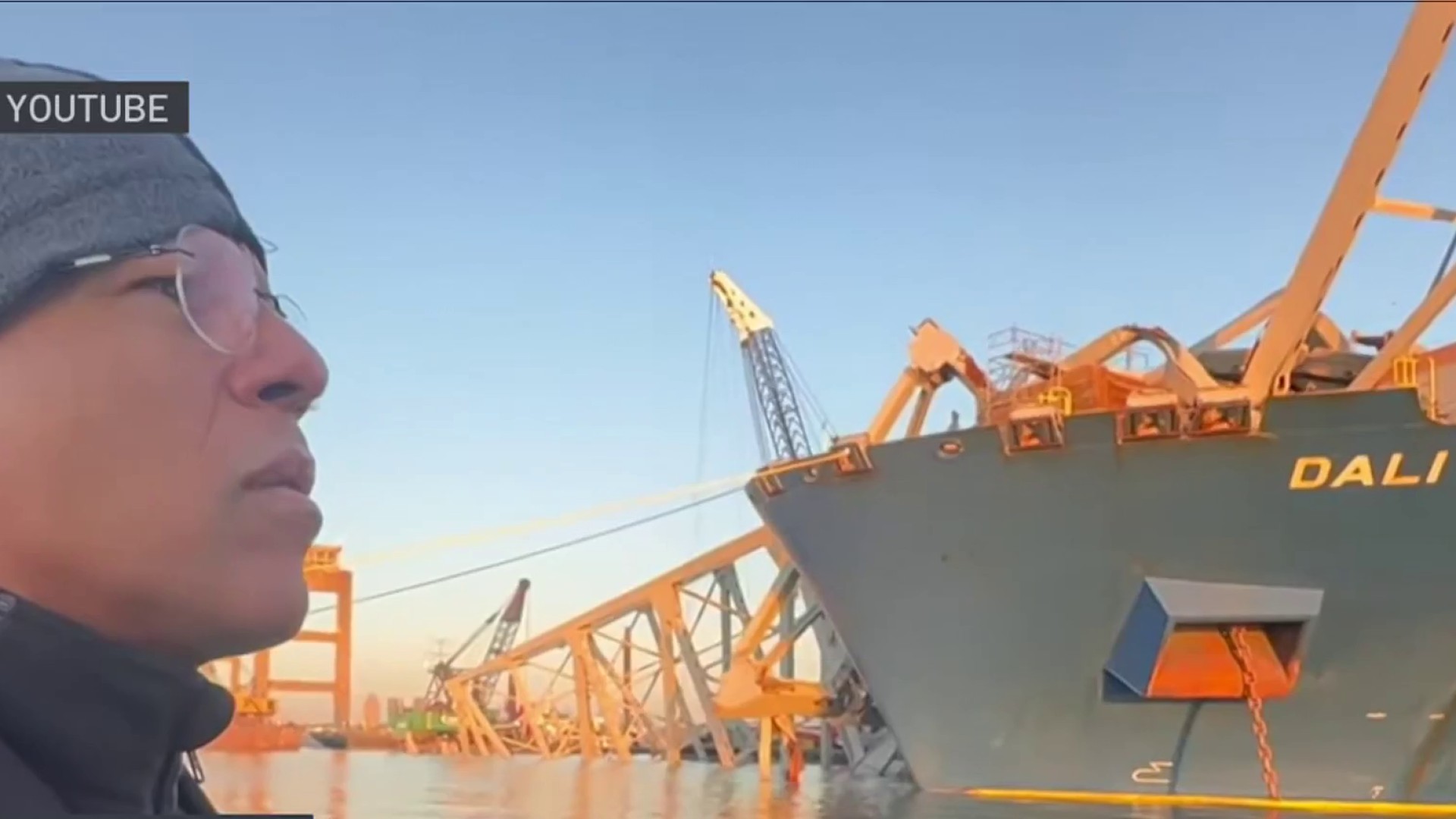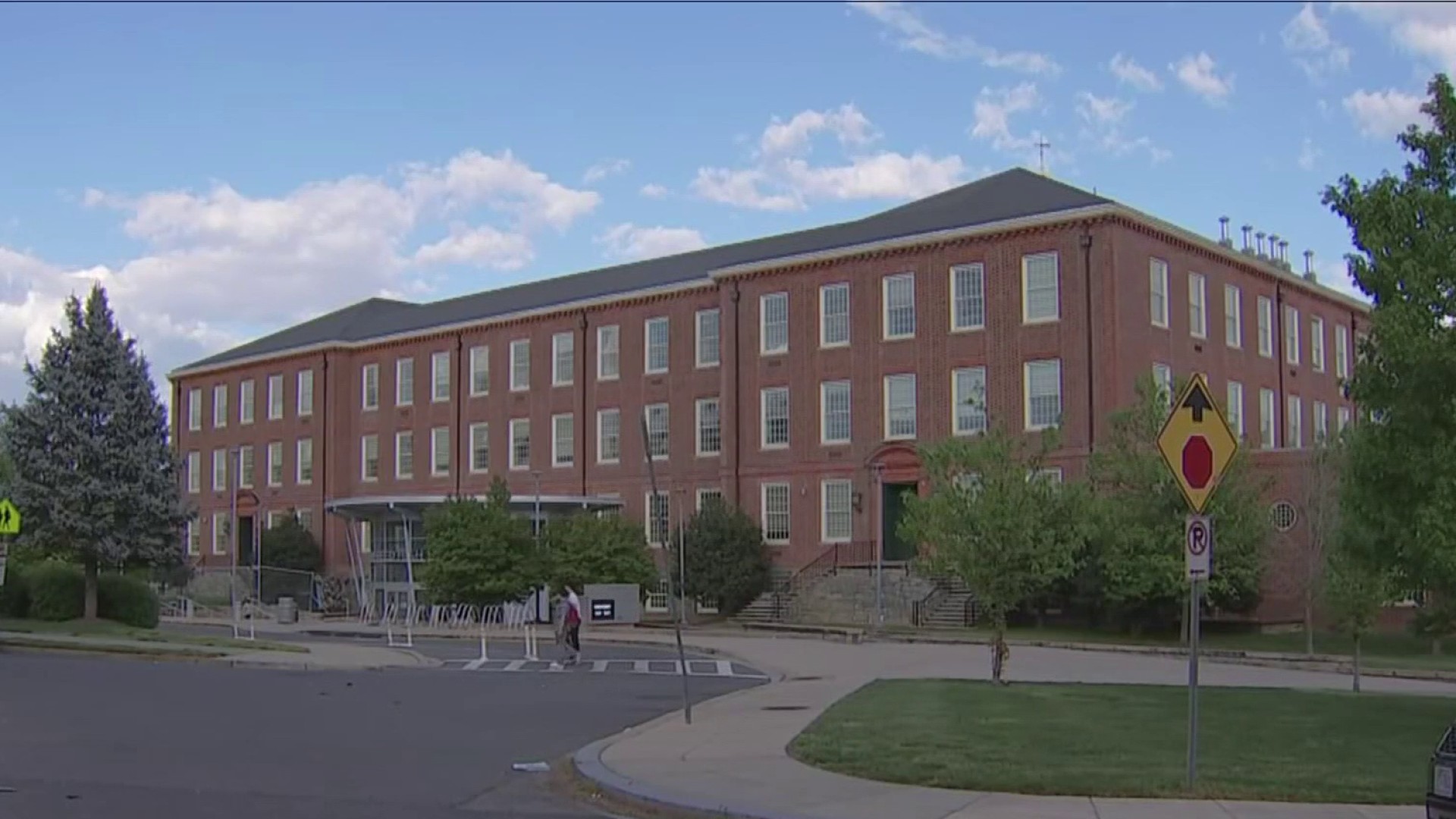When Maureen Cohen Harrington moved into her home on Virginia Avenue Southeast, she said she never thought about trains. But she said she started paying attention when she realized CSX wants to temporarily reroute trains through her front yard, as close as eight steps from her front door by her count, so CSX can double the size of its nearby tunnel.
"I didn't realize how dangerous it was,” Harrington explained. “Very few people do."
Diamond shaped placards are the only hint the trains are carrying hazardous materials, which can catch fire, explode or poison us if a train derails.
In 2013, a bakken crude oil derailment in Quebec killed more than 40 people and destroyed buildings as far as a half-mile away.
CSX’s Rob Doolittle told the News 4 I-Team the company stopped transporting some of the most toxic chemicals through the District after a photo of a chlorine car passing near the Capitol went viral. “Since 2004, CSX has not transported certain categories of hazardous materials, that includes chlorine, ammonia and certain types of explosives," he explained.
Local
Washington, D.C., Maryland and Virginia local news, events and information
But Doolittle said other, less well-known hazardous materials do travel through the city because federal rules mandate CSX use a 27-point formula when deciding how to route its trains. “The type of tracks that are involved, the traffic on those tracks, the proximity to emergency response capabilities, population density -- all of those things are factored in to determine what the safest and most secure route is for any particular shipment is for hazardous materials," Doolittle said.
The I-Team went trainspotting along CSX’s Virginia Avenue corridor for several days to find out what haz mats do move through the District and saw placards for molten sulfur, ammonium nitrate, styrene monomer, clairifed oil and molten phenol. Each has a mile-wide evacuation zone similar to the chemicals that caught fire and exploded when a CSX train derailed in 2013 in Rosedale, Maryland.
When the I-Team mapped it out, we discovered the zone stretches from the Washington Monument to the Air and Space Museum, Anacostia to the Navy Yard and includes 395, 295, 10 metro stations and all of the federal buildings on the south side of the mall, including the U.S. Capitol.
"This could really play out, what you have here on your map,” D.C. Deputy Fire Chief Derron Hawkins said. He’s in charge of responding to hazardous material incidents in the District and said his crews have had a "robust" training program.
He explained the map should only be used as an estimate, because a real-life evacuation zone could even be bigger, depending on a number of factors including the number of cars, combination of chemicals, wind gust speed and high humidity.
The I-Team also traveled about four hours south to Lynchburg, Virginia, to talk with that city’s Battalion Chief Robert Lipscomb. He was the man who found himself suddenly in charge of a dangerous fire when a CSX train derailed there last April.
"What do I have on here? That was the big thing that concerned me," Lipscomb said. He explained the train was more than a mile long, meaning they couldn’t get to the engine or critical documents inside it. "We're trained in the classes we take you will be able to know what is going to be there, you're going to have the documents in front of you, what is going to be on this train. And we didn't have that."
Instead, Lipscomb said they just started evacuating every building in a roughly ¼ mile radius. Using placards, he said they finally realized they were dealing with very explosive bakken crude.
Lipscomb said he now gets real time computer updates about what is in every hazmat car moving through Lynchburg. CSX told the I-Team D.C. does have access to this same system. Doolittle said CSX “is committed to doing this project the right way, safely, respecting our neighbors and working closely with residents and businesses to minimize impacts” and is not moving bakken crude through the city.
But Maureen Cohen Harrington is suing CSX to prevent its construction project from moving forward.
“I worry that it could happen here,” she said. “One of the big concerns is they're going to have trains running at increased speeds through an active construction site."
She said even if you don’t know what the numbers on the placards mean, the mere fact there are placards at all means what’s inside those train cars could end up hurting you.



